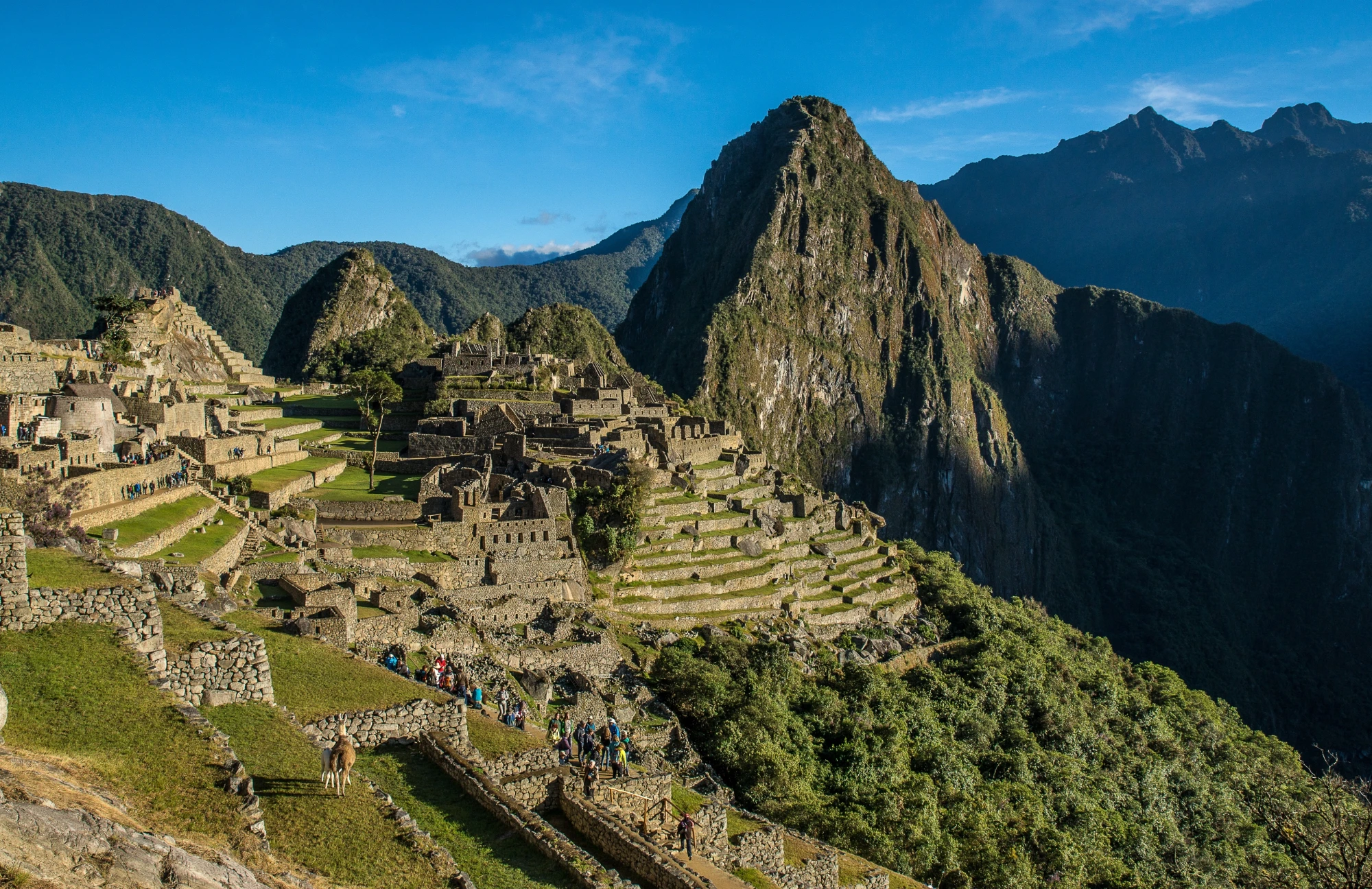Our Featured Packages
Customize Your Trip
Peru Wayna Picchu invites thrill-seekers to explore Peru’s epic landscapes. With endless adventure options, Peru is a paradise for adrenaline lovers. Our expert travel advisors will craft your perfect journey—hike the Inca Trail to Machu Picchu, ride horseback through the Sacred Valley, conquer rock walls, navigate whitewater rapids, or speed through stunning terrain on an ATV. Add cycling tours in Lima, treks into Colca Canyon, or Amazon expeditions for the ultimate adventure. Get ready for a once-in-a-lifetime experience!
Our true beliefs for your benefits
These travel ideas are based on years of experience and references from travelers like you. All our exclusive packages are fully customizable.
Original Destinations in Peru
Our best investment: the opinions of our satisfied travelers
5 star testimonials
Our best investment: the opinions of our satisfied travelers
Frequently Asked Questions About Our Packages
Our packages include transportation, accommodation at selected hotels (3, 4, or 5 stars), expert guides, entry to sites, and exclusive experiences tailored to your travel style.
Yes, we offer the flexibility to adjust any of our packages based on your preferences. If you don’t find what you’re looking for, you can also request a fully customized itinerary
Our experts are here to help you select the ideal package or design a custom trip. Contact us for a free consultation.
Flights are not included in your package, but our team can assist you in booking both domestic and international flights
